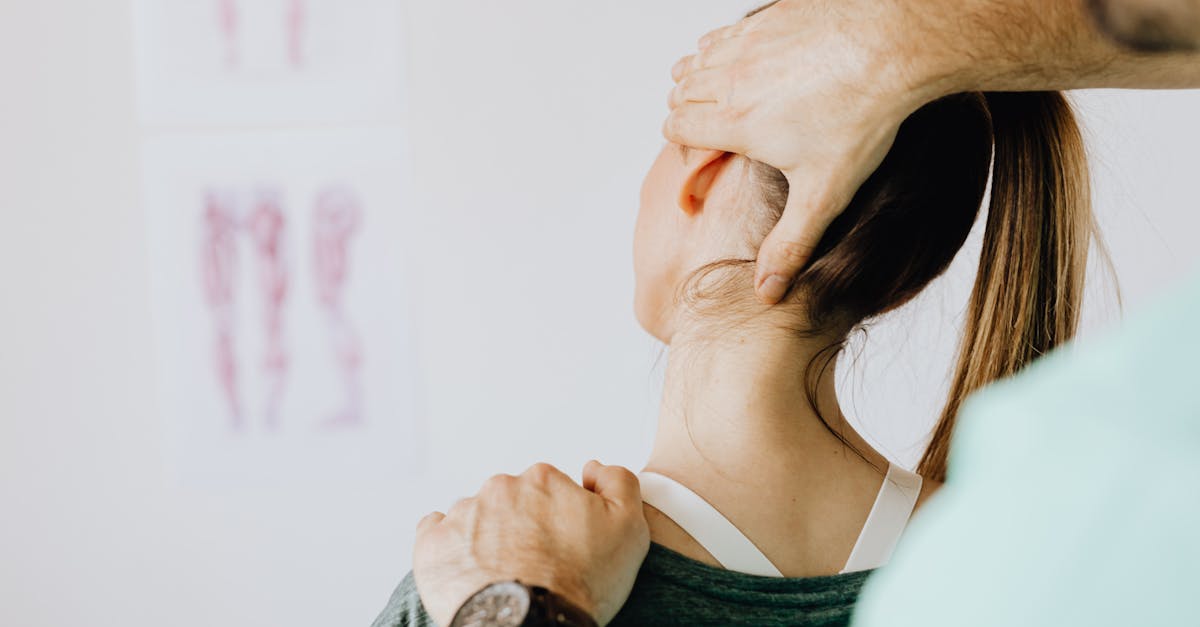|
In Short, understanding the rise of neck pain during the winter months is critical for managing this common discomfort. The cold temperatures can lead to muscle constriction, reduced blood flow, and increased tension, exacerbating pre-existing conditions. Recognizing these factors allows individuals to implement effective relief strategies, such as hydration, improved posture, and regular physical activity. By addressing the underlying causes of winter neck pain, individuals can enhance their mobility and restore comfort even during colder seasons. |
Understanding the Rise of Neck Pain During the Winter Months highlights the multifaceted causes behind increased discomfort experienced during colder seasons. As temperatures drop, the body often undergoes muscle constriction and reduced blood flow, leading to heightened tension in the neck area. Additionally, the prevalence of winter illnesses and decreased physical activity can further exacerbate existing neck issues. Recognizing these factors allows individuals to adopt effective strategies such as staying hydrated, maintaining good posture, and engaging in regular stretching exercises to mitigate neck pain during winter.
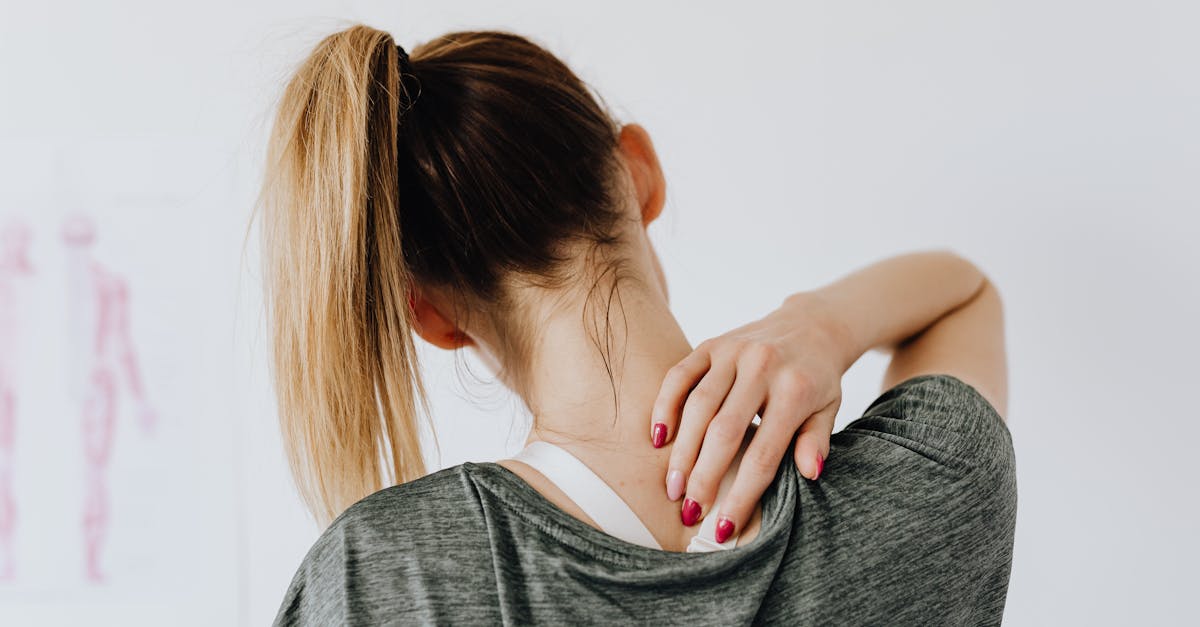
Welcome to Pulse Align: Your Path to Natural Balance
At Pulse Align, we believe that restoring your body’s natural balance and posture shouldn’t just be effective, but also gentle and non-invasive. Our innovative approach leverages gentle, imperceptible pulses aimed at supporting the body’s intrinsic ability to achieve optimal function. This method promotes muscle tone symmetry and can lead to a noticeable reduction in muscle and joint tension, enhancing your overall well-being.
Restore Your Balance Naturally
Pulse Align does not focus on discomfort directly; instead, we assist the body in its natural recalibration process. This holistic method often results in improved posture and enriches your experience of comfort. While our techniques may suggest a path toward alleviating common discomforts experienced in daily life, it is essential to remember that our approach promotes overall wellness and does not replace guidance from healthcare professionals.
Personalized Wellness Journeys
Our clients frequently share inspiring stories highlighting their experiences with Pulse Align. Many have expressed how they have regained a sense of balance in their lives, reporting significant improvements in areas such as neck and back tension and overall vitality. These testimonials reflect our commitment to fostering a supportive environment where clients of all ages, including children and pregnant women, can embark on their wellness journeys together.
Discover Pulse Align in Your Community
Explore how Pulse Align can enhance your health journey by visiting our website. Learn more about our innovative services, find a clinic near you, such as those located in La Prairie, Mont-Royal, and Terrebonne, and book a consultation for yourself or your family. Remember, Pulse Align complements, but does not replace, medical care, encouraging clients to maintain an open line of communication with their healthcare teams.
Empower Your Family’s Wellness Journey
Join us at Pulse Align, where our friendly and family-inclusive approach aims to inspire a sense of well-being for everyone. Experience the positive changes that can arise from our gentle method, leading to a more balanced and vibrant life. Book your appointment today, and embrace the safe, non-invasive, and family-friendly atmosphere that Pulse Align offers!
Medical Disclaimer
The information and advice provided on this site do not replace the advice, diagnosis, or treatment of a healthcare professional. Please remember that at Pulse Align, we focus on promoting muscle tone symmetry and improved posture. Any reports of heightened comfort are attributed to the body’s natural ability to recalibrate. We encourage you to stay under the supervision of your healthcare team.
- Cold Temperatures: Lead to muscle constriction, increasing tension.
- Reduced Mobility: Decreased physical activity contributes to joint stiffness.
- Dehydration: Often overlooked, it can result in muscle stiffness and discomfort.
- Poor Posture: Bundling up can exacerbate strain on the neck.
- Winter Sports: Increased physical activity can lead to neck strain.
- Illness: Common winter sickness can cause muscle tension and discomfort.
- Cold Air Exposure: Direct drafts can trigger muscle spasms.
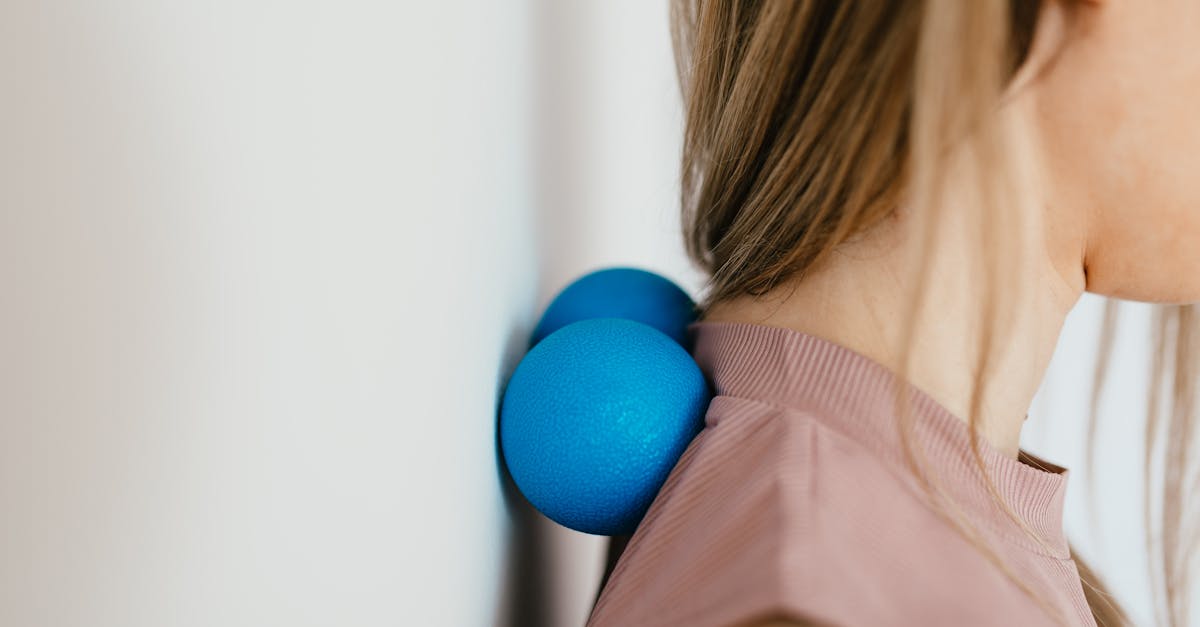
The winter season brings with it several changes in lifestyle and environmental conditions that can significantly contribute to an increase in neck pain. The combination of cold temperatures, reduced mobility, and common winter ailments creates a perfect storm for discomfort and stiffness in the neck area. Understanding the reasons behind this rise in neck pain is crucial for effective management and prevention strategies. This article explores various causes behind this phenomenon, highlights the importance of proactive measures, and introduces suggestions to reclaim your comfort through holistic practices.
Muscle Contraction Due to Cold Weather
One of the primary reasons for the increase in neck pain during winter months is the body’s natural response to cold temperatures. As the temperatures drop, our muscles tend to contract in order to preserve heat. This involuntary reaction can cause increased tension in the neck, shoulders, and upper back. Prolonged muscle contraction leads not only to discomfort but also to a higher likelihood of stiffness and pain, especially for individuals who are already predisposed to neck problems.
Reduced Mobility and Activity Levels
Winter also often results in reduced physical activity, as many individuals find it less appealing to engage in outdoor activities during the colder months. The lack of movement can lead to joint stiffness and increased muscle tightness over time, contributing to heightened feelings of tension in the neck region. Staying active with exercises designed to improve flexibility and strength is essential in mitigating the effects of inactivity. Incorporating light stretching routines into your daily practice can be particularly beneficial.
Impact of Dehydration
Dehydration is another significant factor that can intensify neck pain during winter. Many people tend to drink less water during these months, often forgetting the importance of hydration. A lack of adequate fluid intake can lead to muscle stiffness, making the neck more susceptible to discomfort and tension. Ensuring proper hydration not only supports overall health but also plays a critical role in preventing neck issues related to the winter season.
Posture Problems and Ergonomics
The colder months often encourage individuals to adopt poor posture, especially while bundled up indoors. Hunching over or assuming awkward positions can significantly strain the neck, leading to long-term issues if not recognized and corrected early. Being mindful of your posture, utilizing ergonomic furniture, and taking breaks from prolonged sitting can help alleviate tension and support better neck health. Regular posture assessments are crucial during this season
The Role of Winter Illnesses
Winter is synonymous with an increase in illnesses such as colds and flu, both of which can lead to heightened neck discomfort. These ailments often cause general malaise and muscle aches, which can exacerbate pre-existing neck issues. When feeling unwell, we tend to adopt positions that may further stress the neck. Monitoring your health, practicing good self-care measures, and addressing any sickness promptly are essential to minimizing their impact on your neck condition during winter.
Adopting a Holistic Approach
To effectively manage neck pain during the winter months, it is crucial to adopt a more holistic approach. Implementing practices consistent with the principles of Pulse Align—including neuromuscular health, achieving symmetry, and recalibrating the nervous system—can foster a conducive environment for recovery and comfort. Emphasizing hydration, mobility, and mindful posture can truly make a difference in navigating the challenges posed by seasonal changes.
| Factors Contributing to Neck Pain | Suggestions for Wellness and Balance |
|---|---|
| Cold Weather | Engage in gentle neck stretches to promote flexibility and comfort. |
| Muscle Constriction | Practice warm-up techniques to prepare muscles for movement and reduce tightness. |
| Reduced Mobility | Incorporate regular light physical activity to maintain joint health. |
| Poor Posture | Utilize ergonomic adjustments in seating and workspaces to support alignment. |
| Increased Illness | Focus on hydration and nutrition to enhance overall resilience. |
| Dehydration | Set regular reminders to drink water throughout the day. |
| Winter Sports Activity | Prioritize warm-up routines before engaging in physical activities. |
| Indoor Sedentary Behavior | Integrate short movement breaks into daily routines to enhance blood circulation. |
| Cold Air Exposure | Shield sensitive areas with appropriate clothing to maintain warmth. |
| Inadequate Sleep | Create a cozy sleep environment to ensure restful nights and neck comfort. |
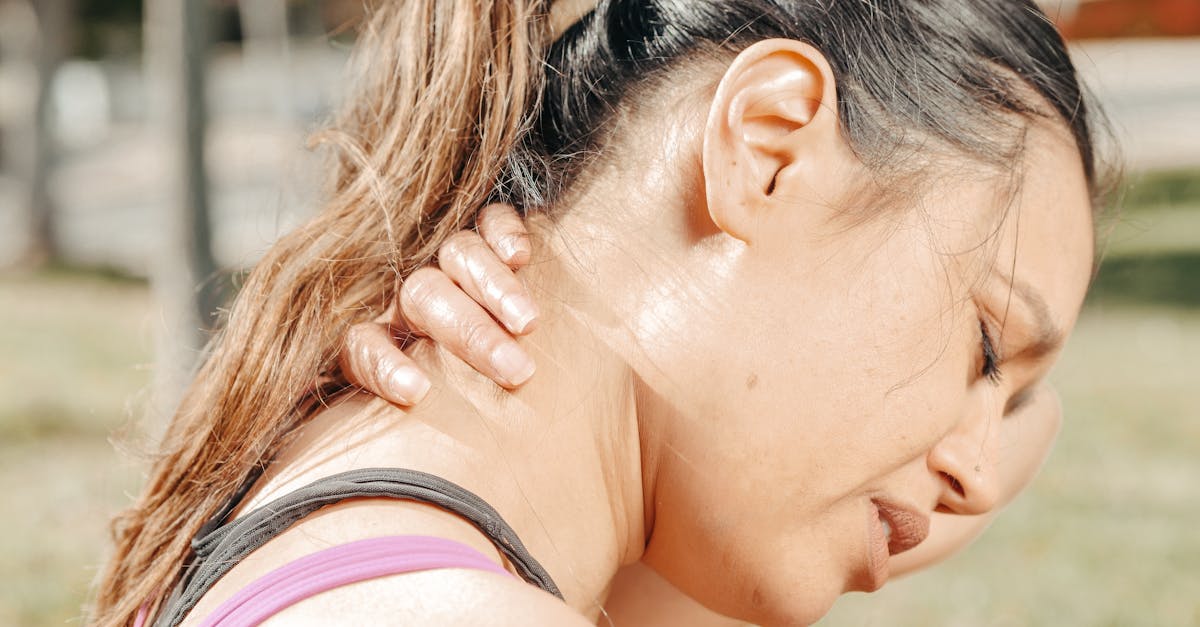
Client Testimonials: Embracing Wellness and Rediscovering Balance
Clients experiencing the rise of neck pain during the winter months have shared their transformative stories, highlighting the significant impact of Pulse Align’s holistic approach. Many have reported a natural improvement in their overall well-being, showcasing how our unique methodologies support the body’s intrinsic ability to recalibrate and restore balance. For instance, one satisfied client from Châteauguay expressed, “I’ve struggled with neck pain for years, especially in the colder months, but since starting my journey with Pulse Align, I’ve felt an empowering shift. The gentle, non-invasive methods have not only eased my discomfort but have helped foster a deeper connection with my body’s natural ability to heal.”
In La Prairie, another client shared how incorporating Pulse Align’s services into her wellness routine has made a transformative difference. She remarked, “The compassionate support at Pulse Align allowed me to recognize and address the underlying issues contributing to my neck pain. I now feel more aligned and energized, ready to embrace winter without the usual discomfort.” Her journey resonates with many clients who seek to improve their quality of life while adapting to seasonal changes.
Additionally, clients from Mont-Royal have expressed excitement about the benefits of our approach. One individual noted, “Living in a colder climate made my neck pain unbearable during winter. However, partnering with Pulse Align has not only alleviated my discomfort but has allowed me to function more fluidly in my daily activities. Their focus on nurturing the body’s natural rhythms is unique and empowering.” This highlights the profound impact Pulse Align’s philosophy has on clients, leading to more vibrant and active lifestyles.
In regions like Chicoutimi, clients have echoed similar sentiments. A local resident mentioned, “Since integrating Pulse Align into my wellness regimen, I’ve noticed how my neck pain has lessened dramatically. The strategies I learned here have equipped me with tools to navigate the winter months far more comfortably and proactively.” This underscores the value of our services in promoting better body function and holistic recovery.
With Pulse Align’s commitment to working alongside healthcare teams, clients across cities such as Terrebonne, Deux-Montagnes, and Sainte-Marie have discovered enhanced pathways to wellness. Our integrative approach ensures that families can explore solutions tailored to their needs, promoting recovery and well-being together. Clients are encouraged to visit our Our Clinics page to find a facility near them, assuring that support is always within reach as they embark on their wellness journeys.
The winter months often bring a surge in the prevalence of neck pain, leading many individuals to seek answers and effective relief strategies. The cold weather affects our bodies in various ways, contributing to muscle tension and discomfort. Understanding the underlying factors related to this seasonal increase is essential for individuals struggling with neck pain and for healthcare practitioners dedicated to providing effective care.
One key factor contributing to neck pain during winter is the muscle constriction that occurs in response to dropping temperatures. When exposed to cold, our bodies instinctively tighten muscles to preserve heat. This involuntary response can lead to significant tension around the neck area, resulting in discomfort and pain. For those already predisposed to neck issues, the added muscle tightness can exacerbate pre-existing conditions.
Additionally, reduced physical activity during winter makes neck pain more likely. Cold weather often discourages individuals from engaging in outdoor activities, leading to a more sedentary lifestyle. Inactivity can result in joint stiffness and decreased flexibility, making neck pain more prevalent. Simple stretching and mobility exercises become all the more crucial during this time to maintain muscle health and prevent stiffness.
Dr. Sylvain Desforges, an expert in osteopathy, naturopathy, and manual medicine, highlights the importance of understanding and addressing these seasonal changes. As the founding president of TAGMED clinics and the ACMA association, Dr. Desforges has dedicated his career to advancing healthcare practices that focus on the integration of advanced technologies for pain management. His expertise aligns with the need for innovative approaches to combat neck pain, particularly during the colder months.
Another interesting aspect of winter is its association with increased rates of common colds and flu, which further complicate neck pain issues. The stress that these illnesses place on the body can lead to muscle aches and exacerbate discomfort in the neck area. As people tend to adopt poor postures while recovering, they inadvertently increase the strain on their necks, leading to a vicious cycle of discomfort.
Hydration is another essential factor that often gets overlooked during winter. The dry air associated with colder months can lead to dehydration, which significantly impacts muscle and joint health. Without adequate fluid intake, muscles can become less flexible and more prone to cramping and stiffness. Thus, maintaining proper hydration is crucial to mitigating neck pain during the winter season.
Dr. Desforges emphasizes the value of evidence-based care in tackling these challenges. His approach centers on optimizing patients’ health and well-being through systematic assessments and tailored interventions. By utilizing advanced technologies such as spinal decompression, laser therapy, and shockwave therapy, patients can experience significant improvements in their quality of life.
At TAGMED clinics, the focus is on comprehensive strategies to alleviate discomfort effectively. Patients are offered personalized treatment plans designed to address the root causes of neck pain rather than merely treating the symptoms. This tailored approach not only aids in reducing pain levels but also fosters long-term wellness.
Through education, support, and access to advanced treatment options, individuals experiencing winter-related neck pain can find practical solutions to reclaim their comfort and mobility. By understanding the dynamics at play during the winter months and seeking appropriate care, patients can navigate this challenging season with greater resilience and ease.
Neurovertebral Decompression Technology by TAGMED
Mechanism of Action
The neurovertebral decompression technology offered by TAGMED employs a precise and controlled traction force applied to the spine. This innovative method gradually increases the space between the vertebrae, effectively alleviating pressure on intervertebral discs and nerve roots. As the pressure is reduced, this technique stimulates improved circulation of fluids within the targeted area, facilitating the delivery of essential nutrients and oxygen to the affected tissues. This process significantly contributes to decreasing inflammation and alleviating pain, promoting an overall sense of relief and comfort for the patients.
Specific Benefits
This non-invasive method has shown considerable efficacy in relieving chronic pain and symptoms associated with conditions like herniated discs and spinal stenosis. By effectively reducing the pressure exerted on nervous structures and optimizing fluid circulation around the discs, TAGMED’s decompression therapy fosters quicker recovery times. Patients often experience notable improvements in their quality of life, as reduced pain levels allow them to engage more freely in daily activities. The dual action of alleviating discomfort while promoting healing makes this approach particularly beneficial for those suffering from chronic conditions.
Comparison with Other Treatments
When comparing TAGMED’s neurovertebral decompression technology with other conventional therapeutic approaches for managing conditions such as herniated discs and neck pain, several unique advantages emerge. Traditional treatments often include pain medications, corticosteroid injections, surgeries, or conventional physiotherapy, which can involve invasive procedures or have potential side effects. In contrast, TAGMED’s technique is uniquely non-invasive, significantly minimizing the risks associated with pharmacological treatments. Additionally, many patients report a faster recovery, enhancing their overall treatment experience and outcomes compared to more invasive options.
Case Studies or Testimonials
Numerous patients have shared their positive experiences following neurovertebral decompression therapy at TAGMED. One individual suffering from persistent neck discomfort due to a herniated disc reported a significant and lasting reduction in pain levels after just a few sessions. Another client highlighted how they were able to reduce their reliance on pain medications post-treatment, enabling a quicker return to their usual routines. These real-life improvements underscore the efficacy of this innovative approach in treating chronic pain, particularly in enhancing comfort and functionality during the colder months.
The winter months often bring a significant increase in the prevalence of neck pain. This phenomenon can be attributed to a combination of environmental factors and lifestyle changes that occur as temperature drops. Cold weather leads to muscle constriction as the body instinctively tries to conserve heat, inevitably resulting in heightened tension within the neck and shoulder regions. This natural response to the cold can lead to discomfort and exacerbate existing issues for those already prone to neck pain.
Moreover, the colder temperatures often result in reduced physical activity, as people are less inclined to engage in outdoor exercises. This reduction in mobility can contribute to stiffness and ultimately worsen neck pain. When combined with the tendency to adopt poor postures—often associated with bundling up or hunching indoors—these factors create an environment ripe for discomfort.
Hydration, frequently overlooked during winter, plays a crucial role in muscle function. People tend to drink less, resulting in dehydration, which further leads to stiffness and discomfort in the neck area. Recognizing the importance of maintaining hydration levels during the winter months is essential for preventing neck pain. Furthermore, winter ailments such as colds and flu can place additional stress on the body, leading to tension and discomfort around the neck.
Understanding these various contributing factors behind the rise of neck pain during winter empowers individuals to take proactive measures. By promoting good posture, maintaining hydration, and incorporating regular physical activity, one can better navigate the challenges posed by the winter months. Awareness and education regarding the underlying causes of neck discomfort during this season can significantly reduce its impact on daily life.
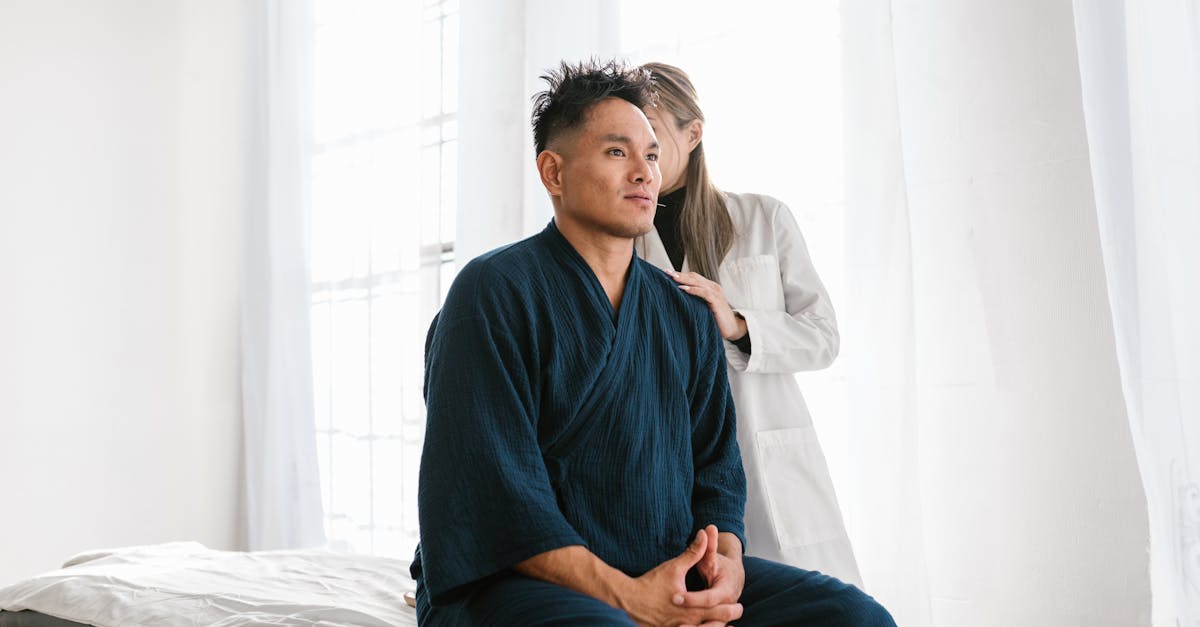
Do you suffer from a chronic condition that responds little or not at all to conservative treatments?
As the chilly winter months arrive, many individuals notice an uptick in discomfort and tension. Recognizing the various factors contributing to these sensations is essential for effective management. At Pulse Align, we offer a non-invasive, innovative method that helps restore the body’s natural balance and posture through gentle, imperceptible pulses. This alternative approach promotes relaxation and can lead to a restoration of muscle tone symmetry, potentially reducing the tension and discomfort that often accompany winter weather.
It’s important to note that Pulse Align does not focus on discomfort or conditions directly. Instead, our philosophy centers on helping the body recalibrate itself naturally. By creating an environment conducive to muscle tone symmetry and improved posture, many clients experience remarkable enhancements in overall well-being and comfort, leading them to navigate daily activities with greater ease.
At Pulse Align, we take pride in our personalized approach tailored to each client’s unique journey. The stories shared by clients resonate with our mission; many have reported notable improvements in symptoms associated with neck and back tension, as well as an overall sense of vitality. This positive feedback highlights how our gentle, holistic method fosters a friendly atmosphere, allowing families—including children and expectant mothers—to explore the benefits together. It’s about enhancing self-care practices while accompanying clients on their wellness journeys.
We invite you to discover more about what Pulse Align has to offer by visiting our website. You can find nearby locations in cities such as La Prairie, Mont-Royal, Terrebonne, and many more. Here, booking a consultation for yourself or your family is simple. Remember, our services are designed to complement the supervision and guidance of your healthcare team, enriching the wellness experience for everyone. Pulses align with your body’s natural ability to restore balance, which is essential for overall health and well-being.
Frequently Asked Questions
Neck Pain
Is physiotherapy effective?
Yes, a physical therapist can provide exercises, stretches, and manual therapy to relieve cervical pain.
Can neck pain cause dizziness?
Muscle tension or joint issues in the neck can lead to sensations of vertigo or instability.
Is cervical osteoarthritis common?
Yes, it’s common with age. Cartilage in the cervical joints wears down, causing pain and stiffness.
Can dental issues cause neck pain?
Sometimes, TMJ disorders or teeth grinding can cause muscle tension radiating to the neck.
Do posture reminder apps help?
Yes, they encourage you to straighten your head and reduce time spent in poor positions.
Can massage balls help relax neck muscles?
Yes, using a tennis or massage ball gently against the neck can relieve muscle tension.
How can I quickly relieve neck pain?
Gentle stretches, applying heat, light massages, improving posture, and relaxation exercises can provide temporary relief.
Is whiplash a common neck injury?
Car accidents often cause whiplash, resulting in neck pain and stiffness.
Does core strengthening help?
A strong core improves overall posture, reducing strain on the neck.
Can meditation help?
Meditation reduces stress and muscle tension, indirectly aiding in relieving neck pain.

